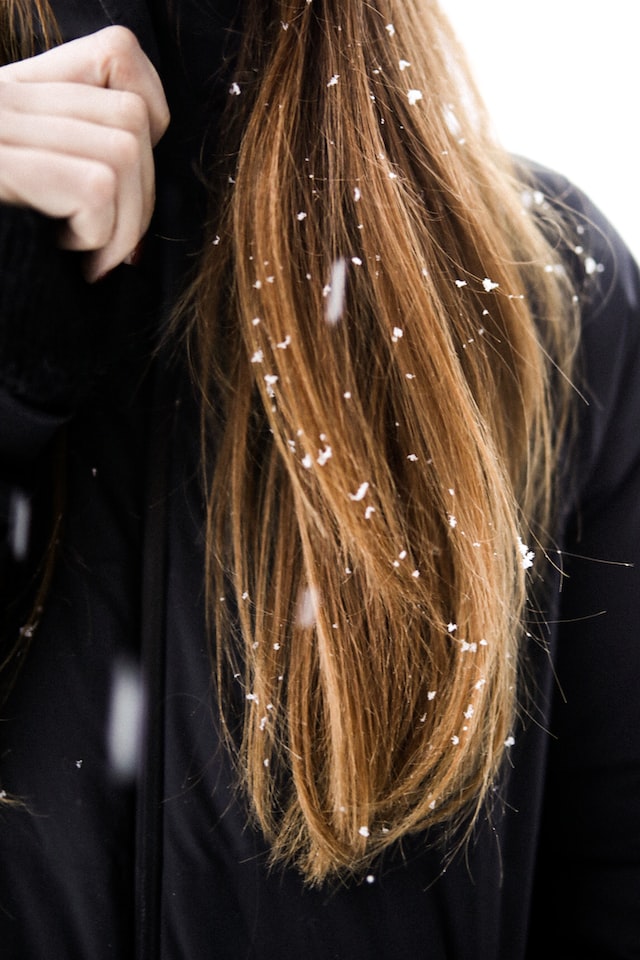Wintertime is a time when many of us start to prepare for the colder days and holidays to come. We bundle up in warm clothes, and enjoy the beautiful winter landscape. However, there is something else that winter brings that we need to be mindful of: head lice. Just because the weather is cooler, doesn’t mean that you are immune from getting head lice. In fact, head lice outbreaks are common in wintertime due to the fact that people are spending more time indoors, in close contact with each other. That’s why it’s important to understand the risks that come with winter and head lice, so in this blog post, we’ll be looking at the question: Can you get head lice in winter? We’ll explore the causes of head lice in winter, the risk factors, and ways to prevent and treat an outbreak. By understanding what causes head lice in winter and how to prevent it
1. Why head lice are more active in the winter
Head lice can be active throughout the year, but they’re especially active in the winter months. This is because head lice thrive in warmer and more humid conditions, and winter usually provides the ideal environment. In winter, the air is cooler, leading to higher relative humidity, and people tend to bundle up when they go outside, making their heads a warm and inviting habitat for head lice. Additionally, people spend more time indoors in the winter months, giving head lice more opportunities to transfer from person to person.
2. How to prevent head lice infestations
Although head lice infestations are more common during the warmer months, it is still possible to get head lice in winter. There are several steps you can take to help prevent head lice infestations. First, it is important to avoid sharing items such as hats, scarves, and hairbrushes that may contain head lice eggs. It is also important to avoid head-to-head contact with people who may have been exposed to lice. Additionally, when you are out in public, it is important to keep your hair tucked away and avoid touching people’s heads or hair. Finally, it is important to wash your hair and bedding regularly with hot water and detergent to help kill any lice or eggs that may have been transferred.
3. Symptoms of head lice
One of the most common symptoms of head lice is itching. This is caused by an allergic reaction to the saliva the lice inject into the scalp. Other symptoms include red bumps on the scalp and neck, and small white specks, which are the lice eggs. If you’re wondering if you or your family have head lice, it’s best to do a thorough inspection. You may be able to see the lice or eggs on the scalp and in the hair, but you may need to use a magnifying glass or a lice comb to get a clear view.
4. Treatment for head lice
Head lice are most active in warmer months, but it’s possible to get head lice in winter too. To treat head lice, start by washing items, such as bedding, brushes, hats, and scarves, in hot water and drying them on the highest setting. Then, use a special shampoo designed to kill head lice, known as a pediculicide. This must be used in accordance with the instructions on the label. After using NitNOTs eco friendly Nit Serum, comb out the nits, or lice eggs, with a fine-toothed metal nit comb.
By following these tips, you can help reduce the risk of head lice infestation in winter and enjoy a lice-free season.
Head lice are not seasonal and can occur year-round. It is important to take preventative measures to avoid contracting head lice, such as avoiding sharing items that come in contact with the head, regularly washing bedding and clothing, and avoiding head-to-head contact with others. If you do find yourself with head lice, there are several over-the-counter and prescription treatments available to help you get rid of them.



